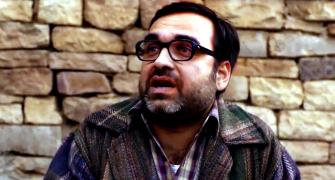Sreehari Nair picks his top 10 movies of 2018.
There are no 'progressive' films on this list because, as I see it, for a film-maker with a good college education or a decent liberal arts education, making a 'progressive' film is no big deal.
No film on this list has been chosen for its 'story' or for being 'about this' or 'about that.'
The films on this list, almost without exception, have some philosophical depth dripped into their cinematic language.
They have something happening in them, at all times, and they are rendered with originality, in a beautiful-ugly or severe style.
10. 3 Storeys
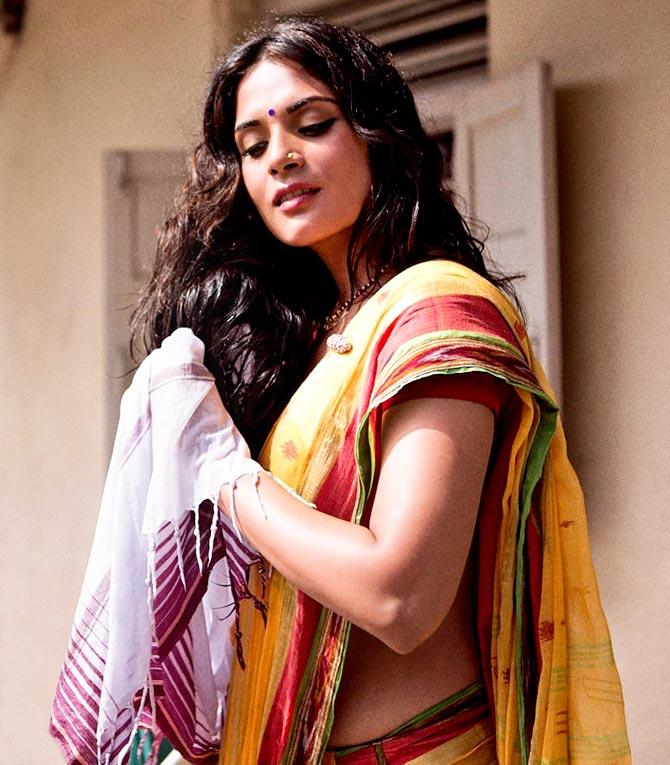
Writer Althea Kaushal and Director Arjun Mukherjee use the 'colliding worlds' feature of Mumbai's chawl life to craft a film that is both an anthology of stories and an interweaving of them.
All the three tales are set in a lower middle-class housing society but the texture of each resembles a bedtime story, kinkified.
The movie feels dream-like with major characters from one story appearing as minor characters in the other (the characters float freely across stories).
The women, led by a smashing Masumeh Makhija, are wonderful.
They do the stuff of Almodovar women: Covering up blood, dead bodies and dark secrets with good upholstery, fine tile works and oftentimes an uncomfortable smile.
9. Manto
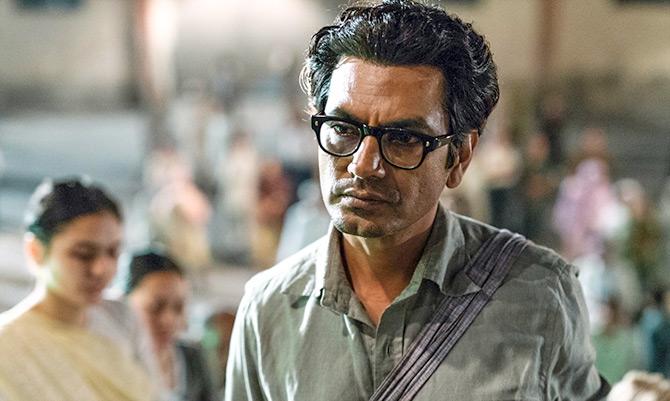
The great thing about this film is that it's almost a daughterly tribute to Manto.
Director Nandita Das has read and re-read the writer's stories and titbits from his life.
Her fascination for the man facilitates the unique structure of the film (Manto's stories are shown to be growing out of his psychic landscape), and it also helps capture without any grandstanding the writer's talent for making declarations with a flair for the absolute. (At one point, when Nawazuddin Siddiqui as Manto says, 'I don't like petty bruises', you may feel as though you were there, watching him spit out the words.)
I suppose those who are complaining that the movie didn't contain enough references to our present times weren't watching it carefully (or maybe they need something like a Mulk to shove messages down their throats).
In Manto's defence of art that poses tough questions delicately, the writer makes the ultimate case for democracy.
That such a mind couldn't escape its own complicated meshing goes onto prove that while the works of ambitious artists, persecuted in their time, may survive, the artists themselves, often don't.
8. Badhaai Ho
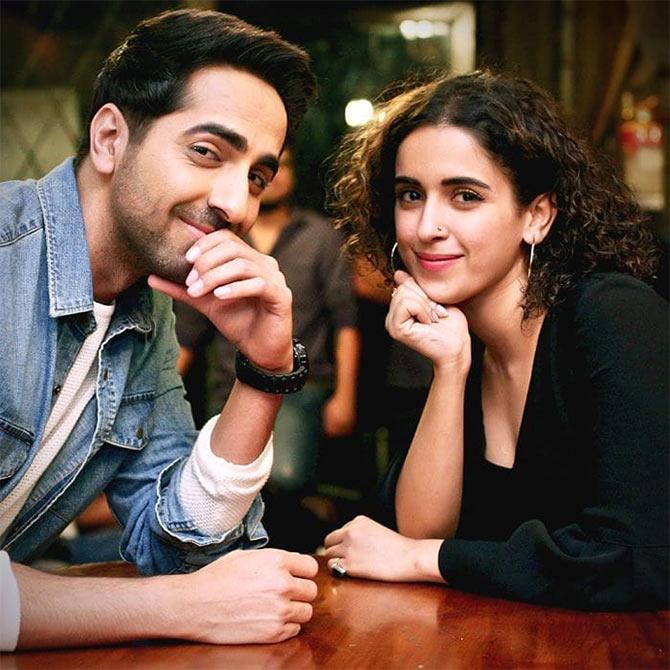
There's a theory doing the rounds on social media and it goes something like this: 'If in your films, characters do or utter regressive stuff, make sure they correct themselves or pay for their actions -- just so that the audience can emerge from the theatre, able to tell right from wrong.'
To such theorists, I'm compelled to ask: 'Aren't those anti-smoking disclaimers in movies powered by this same philosophy?'
A film like Badhaai Ho settles the issue of whether a work of art should tell us tell us how we ought to be OR tell us how we are.
The characters in Badhaai Ho do non-progressive things, talk to one another in tones that are downright mean, and push responsibilities onto each other.
Yet, left uncorrected, such behaviour, by and by, begin to add their own flavour, and they make this very mainstream film, life-like.
Badhaai Ho's poetry of conservatism, its poetry of hush-hush, when fused with the subject of sex (the film deals with the pregnancy of an older woman), delivers the pleasure of 'dirty whisperings'.
Neena Gupta, Sheeba Chaddha, Surekha Sikri Rege and Gajraj Rao have faces that alternately become reflections of their true feelings, and facades that hide true feelings.
Amid all the talk about Ayushmann Khurrana being the next best thing, his real strength as an actor has scarcely been remarked upon: Khurrana has contributed immensely to the casting of the above faces.
7. Love Sonia

An incredible documentary, astonishingly told and structured.
This is a tough, riveting film about a school-going girl's loss of innocence; a painful yet lyrical account of her experience of being trapped in the global flesh trade network.
Mrunal Thakur, who plays the girl Sonia, is so beautiful and is such an intuitive performer that we become invested in her journey to save her soul.
Director Tabrez Noorani isn't interested in shocking you. He is searching for a true mythic image of Mumbai's red-light districts.
And because Noorani shades the proponents of the flesh trade (characters such as Manoj Bajpayee's scary-as-hell pimp and Frieda Pinto's Koli Catwoman character) without denying them their intelligence or colour, the film hits you like a dystopian thriller invading the space of a documentary.
6. Omerta
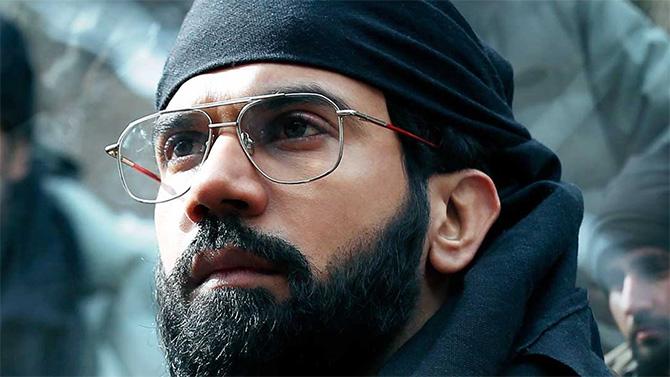
Whether Hansal Mehta's Omerta is a masterpiece only the inseducible judgment of time will tell.
Whatever the final verdict, it is a remarkable movie, not only for what it accomplishes -- a dramatisation of 15 years in the life of Ahmed Omar Saeed Sheikh, the world's most reptilian terrorist -- but for the way in which it is done.
Suddenly, one of our most sanctimonious film-makers feels almost like Ernest Hemingway.
On walking in to watch Omerta, I assumed that Mehta would use the occasion to unveil his own reading of the terrorist's psychology; that once again Hansal Mehta would slowly roll out his self-righteous lessons, leaving us with questions about how we have failed the terrorist.
Nothing of this sort happens.
This is not an instructive film -- but a film that wants to make you tremendously familiar with a complex character whose every act of terror feels like a way of life.
If Mehta aims to shift your perspective, he never makes a big show of it. In a scene of his first camp in Pakistan, Omar is greeted by a young man who casually introduces himself as a Kashmiri Freedom Fighter!
If you were to give yourself over to the film completely, you will see in Rajkummar Rao's portrayal of the terrorist, many lineaments of evil, but you would still stop short of calling Omar Saeed a 'coward'.
That's the true artistic achievement of the film.
5. October
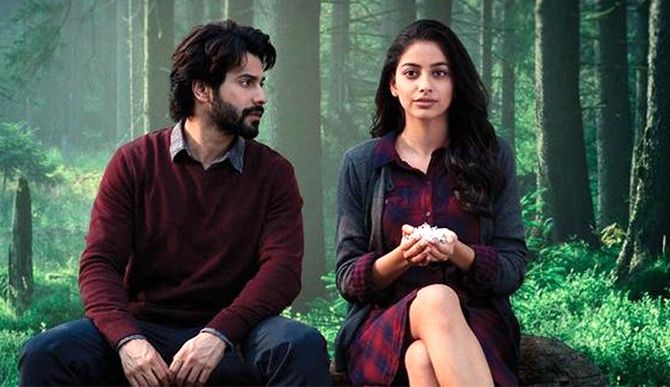
To belittle this film for being a story about 'eternal love' is to first misread it, and then hoist your misreading proudly over a nine-foot fence.
October is a sensation turned into a film -- and it isn't a sensation that is decisively joyful or heartbreaking, but more like the pleasure of sleeping with a mild fever or the inexplicable liberation you may feel after the death of a loved one.
Shoojit Sircar supplies the story behind the sensation and Juhi Chaturvedi's script breaks it down into numerous small, executive details.
When Shiuli (Banita Sandhu) goes down, the enormity of the situation is conveyed to you in the form of medical parameters that swarm the air: Heart, Sluggish; Pupils, Dilated; Pulse, Low.
Dan (Varun Dhawan) and his feelings for a comatose Shiuli (he senses a connection to her because he was the last person she had enquired about, before her fall) is too complex to be even called Love, let alone 'Eternal Love'.
By evading easy descriptions and keeping the central emotional puzzle of October unsolved, Sircar and Chaturvedi play the ultimate game of Fool's Dare.
'The movie is what you make of it,' they seem to be saying.
4. Andhadhun
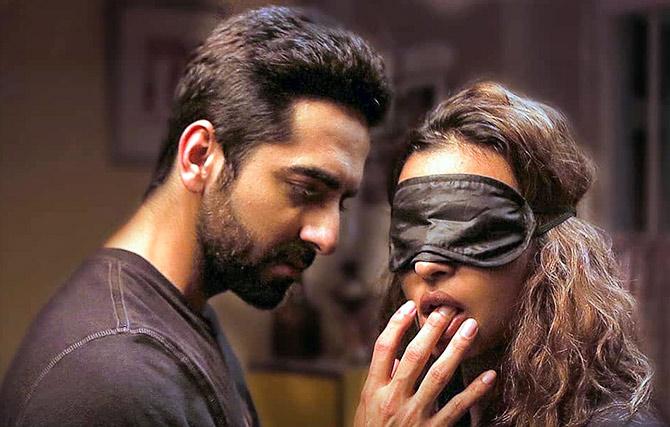
A Sriram Raghavan film is supposed to tease our collective cinema watching consciousness.
Characters in Raghavan's films may suffer, 'burn', or feel lonely, but our reading of their condition is always coloured by certain playfulness: We are never expected to perceive the condition of these characters as 'straight tragedy' but as if 'a situation from a tragic movie had happened to them.' (In life too, we experience things this way: Comedy and pathos all scrambled up.)
The occurrences in a Sriram Raghavan film, thus, however sad, are also a tad funny.
In Andhadhun, Raghavan's playfulness is so overt that -- and this is something I myself found out -- you can compose a spoiler-filled review of this bloody, twisted film and yet be absolutely sure that you wouldn't be spoiling anything for the eventual viewer because to watch the film is to discover it for yourself.
Raghavan and his writers know just how much to tell you and how much to withhold, and this is most evident in Ayushmann Khurrana's character Akash -- who, despite his play-acting of his blindness, outwardly comes off as the most morally correct of Raghavan's heroes.
But wait till you let Andhadhun take effect, and you think about the validity of everything that Akash has spoken.
How much of what Akash says, outside his scenes with Sophie (Radhika Apte's character), can you trust?
If the second half feels kind of inorganic, is it carefully designed to be that way?
More than anything else, this is a movie for those who allow themselves to be readily seduced by movies.
What Raghavan seems to be telling you is this: 'Sure, Akash is an unreliable narrator, but isn't cinema, also, an unreliable witness?'
Aren't we all Sophies before the Akash-like power that cinema wields?
3. Ee.Ma.Yau

A story about the demise of a 70-something man in a village of Latin Catholics in Kerala slowly becomes a wail directed at God.
In film-maker Lijo Jose Pellissery and writer P F Mathews's vision, God is a great comic artist endowed with matchless imagination and a tinge of sadism.
Ee.Ma.Yau is, wholly and unambiguously, a film about death; an existential comedy in which one person threatens to kill another and God intervenes to do the final job.
Pellissery and Mathews have observed the small acts of behavioural humour that happen in a place of mourning and they construct most of Ee.Ma.Yau out of those 'little things'.
Even as the film expands in meaning, what remain firmly in place are Renganaath Ravee's daring sound design and Shyju Khalid's masterful cinematography where he lights up big stretches of geography (streets, rooms, beaches), so that the actors can walk through them (as in stage performances) and take over the scenes.
A good part of Ee.Ma.Yau plays out like 'Live Cinema' where the contradictions of life seem like they are unfolding right in front of you.
2. Dibakar Banerjee’s section in Lust Stories
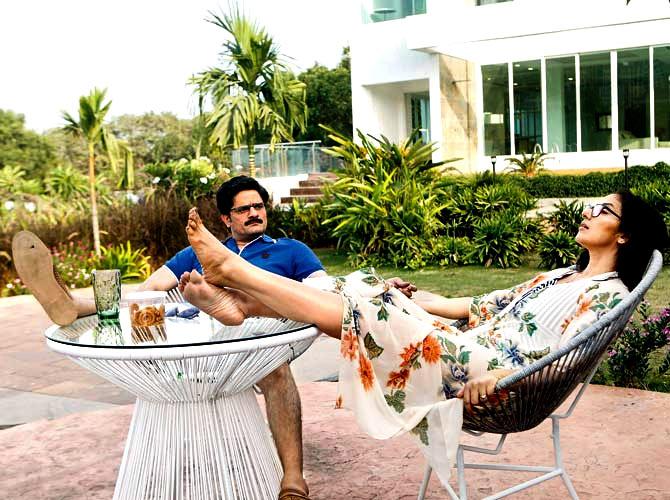
The third 20-minute short story in the Netflix special Lust Stories has more feeling and perception than most full-length feature films that released this year.
What Dibakar Banerjee sheds is his natural 'brightness' (which, in my opinion, may have contributed to the coldness of his past films), and for the first time he treats his audience and his cast of actors like 'a friend' and 'an equal'.
The film begins as a tale of adultery and ends with the debanalising of the most conventional elements of adulterous tales.
Without any exposition whatsoever, Banerjee tells us exactly where the three principals have come from and hints at where they might head to -- their class differences, their journeys, how the leftovers of their past dreams continue to haunt them: all this and more get communicated in those 20 odd minutes.
The performers, Manisha Koirala, Jaideep Ahlawat and Sanjay Kapoor tap into each other's energies to create great jazz -- and in doing so, they subtly bring to us reports about the new rules of mating, the new messinesses of our relationships, and the changing dynamics of modern marriages.
An absolute triumph, this one may dictate how the next phase of Dibakar Banerjee's career shapes up.
1. Village Rockstars
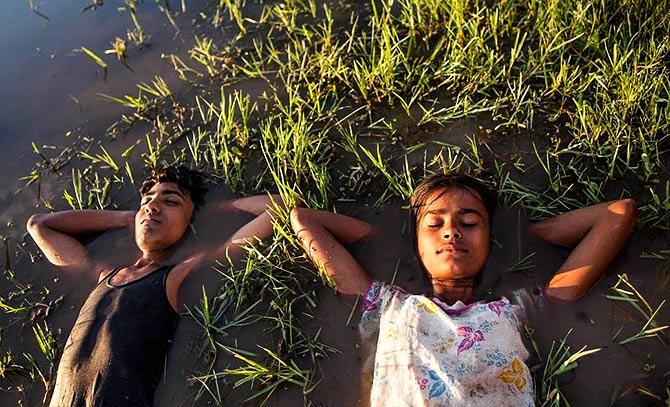
Village Rockstars is simple in the way that simplicity can convey a richness that an intricate piece of work often cannot.
Director Rima Das's simplicity is a distillation of her experiences.
Being an almost one-person technical crew allows Das to explore the possibilities of the medium.
She chooses for the camera only those images that have the power to reveal -- her images are so saturated with feeling that they make you feel without leaning on dramatic devices.
The children in Village Rockstars (the film is set in an Assamese hamlet) build their guitars out of thermocol sheets, hold musical concerts where they lip-synch to songs blaring from a tape-recorder, and conduct mock protests.
After the onset of floods, they collect their pets and row their little boats through the waters gathering the crops they had planted earlier that year.
All of this looks unstaged; as if Das had shot everything as they had come to her -- that's not the case though.
She has planned her events but has allowed beauty to manifest naturally.
The faces and the changing seasons, with nothing forced upon them -- bless Rima Das for her generosity -- give the film its peculiar magic!


